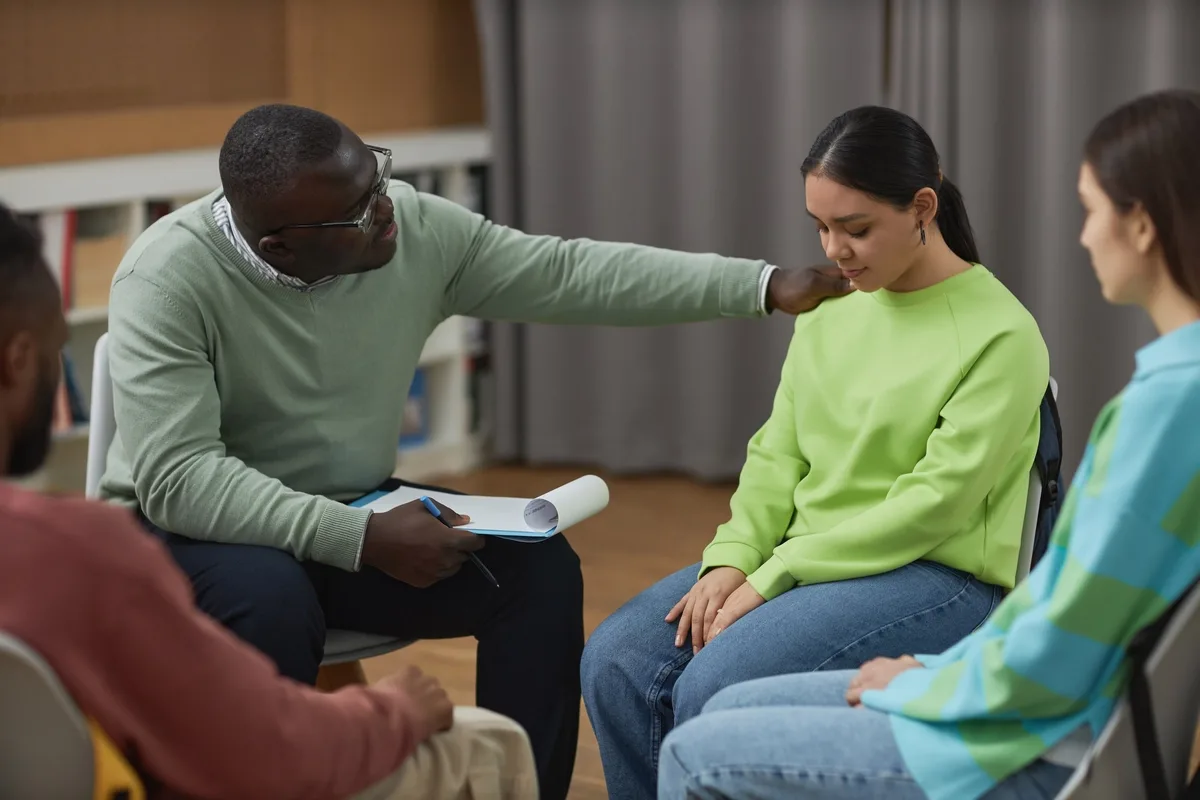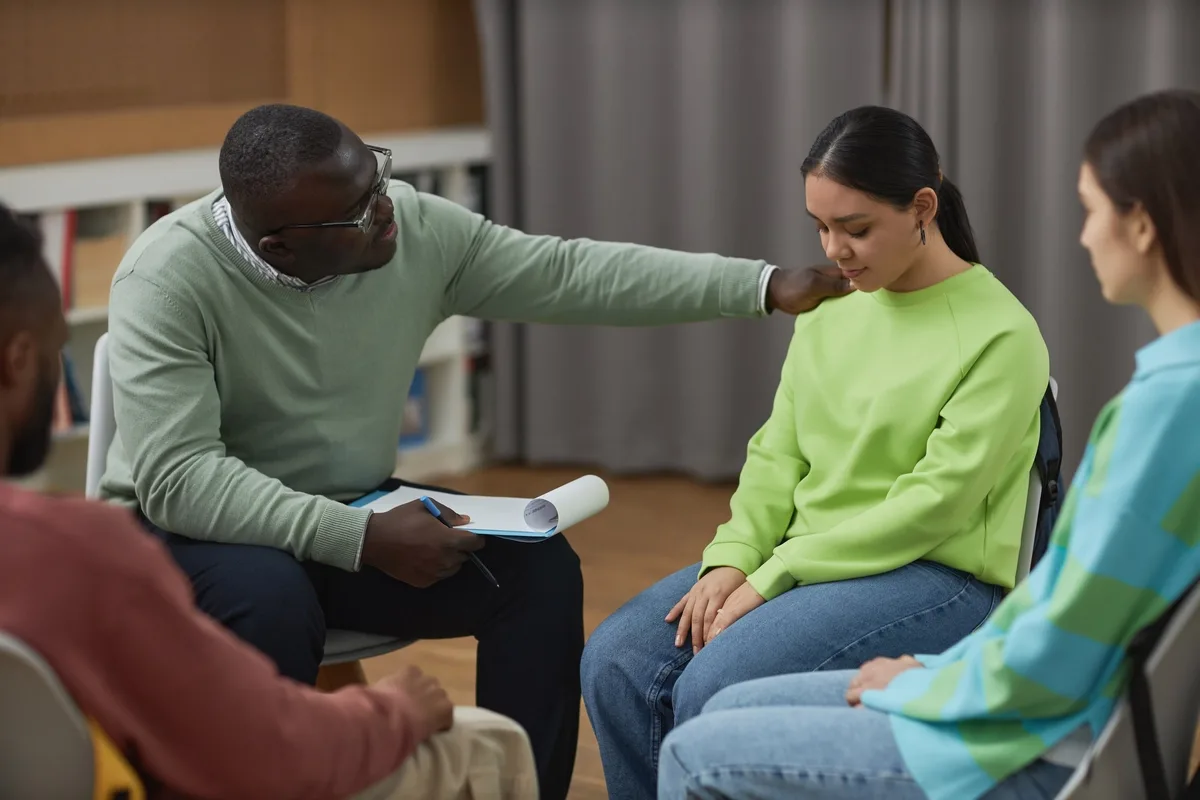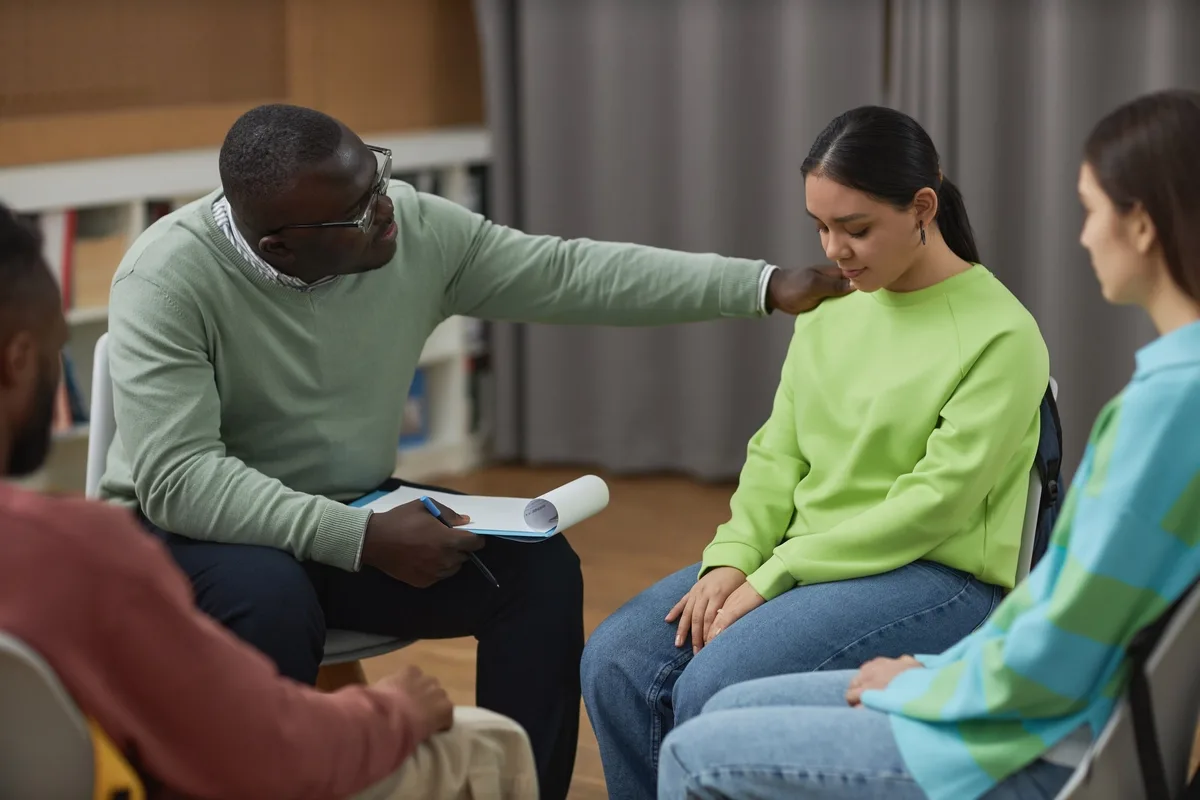comprises a range of specialized rehab centers dedicated to assisting individuals grappling with various forms of addiction. These centers primarily address substance dependencies, including alcohol, opioids, stimulants, and prescription medications, along with behavioral addictions such as gambling and internet addiction. Treatment approaches at these facilities often integrate cognitive-behavioral therapy (CBT), motivational interviewing, and group therapy sessions, all designed to foster a supportive environment conducive to recovery. The significance of rehab centers cannot be overstated, as they provide the necessary resources, education, and therapeutic interventions that equip patients with the skills to redefine their lives free of addiction. Historically, outpatient rehab centers have evolved within the United States to meet escalating demands for accessible and flexible addiction treatment solutions, reflecting an increasing acknowledgment of mental health issues. The impact of these centers extends beyond individual recovery, contributing to community health and reduced substance abuse rates, thereby promoting overall societal well-being. Patients selected for outpatient treatment typically show motivation for change, allowing them to maintain their daily responsibilities while receiving treatment. For those looking for a sustainable path to addiction recovery, the outpatient rehab rehab centers in Mira Loma stand out as a beacon of hope and rehabilitation support.
Learn more about Outpatient Rehab centers in Mira Loma


















































